Category: General FAQs
-
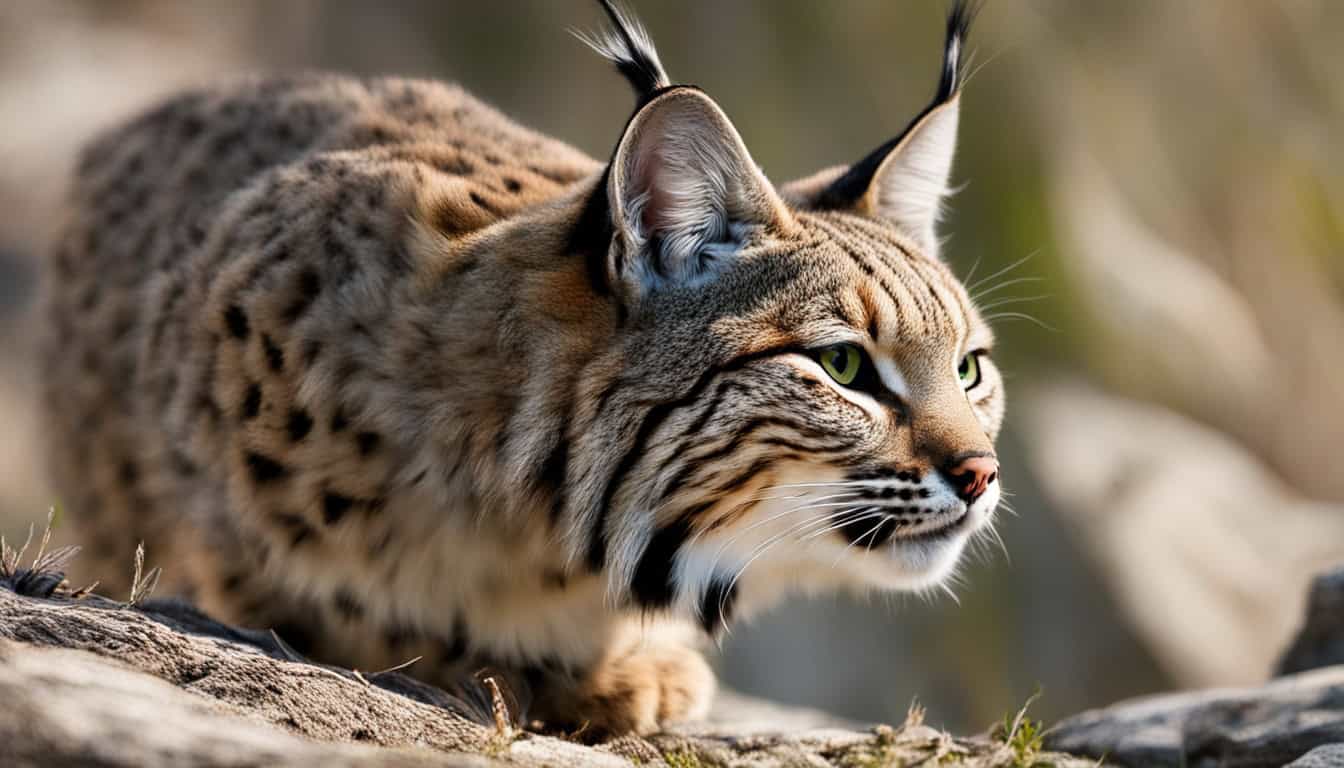
What is the range of the American bobcat?
The American bobcat is a wild cat known scientifically as Lynx rufus. It is also called the red lynx. This medium-sized cat is found in North America naturally. Its territory includes southern Canada, most of the U.S., and into Oaxaca, Mexico. This cat is easily recognized by its strong body, spotted coat, and unique short
-
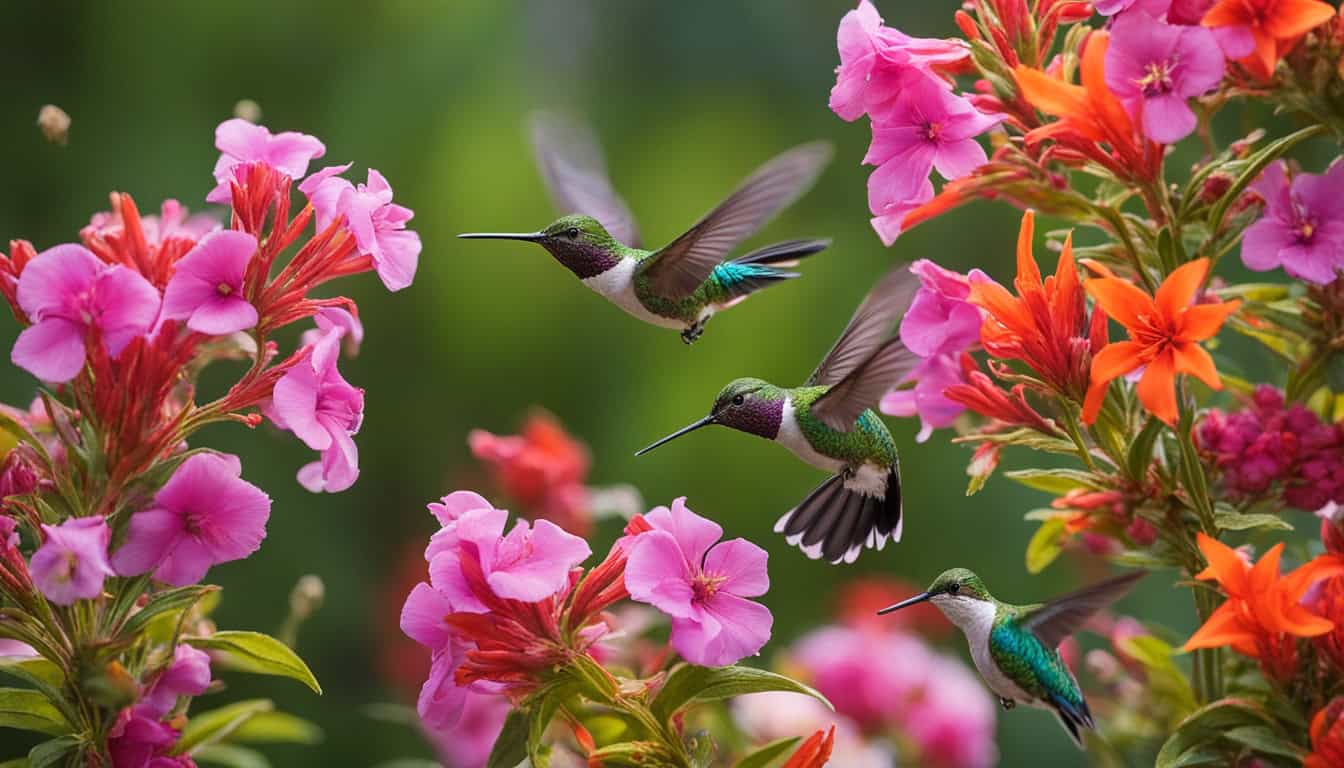
How do you attract hummingbirds to your yard in the USA?
Is your garden lacking the soft buzz of hummingbirds? These amazing birds can dart between thousands of flowers thanks to their fast metabolism. By following tips from Audubon’s Hummingbirds at Home, you can welcome them to your yard. It’s key to choose native plants that are rich in nectar. Plants like beebalms, coral honeysuckle, cardinal
-
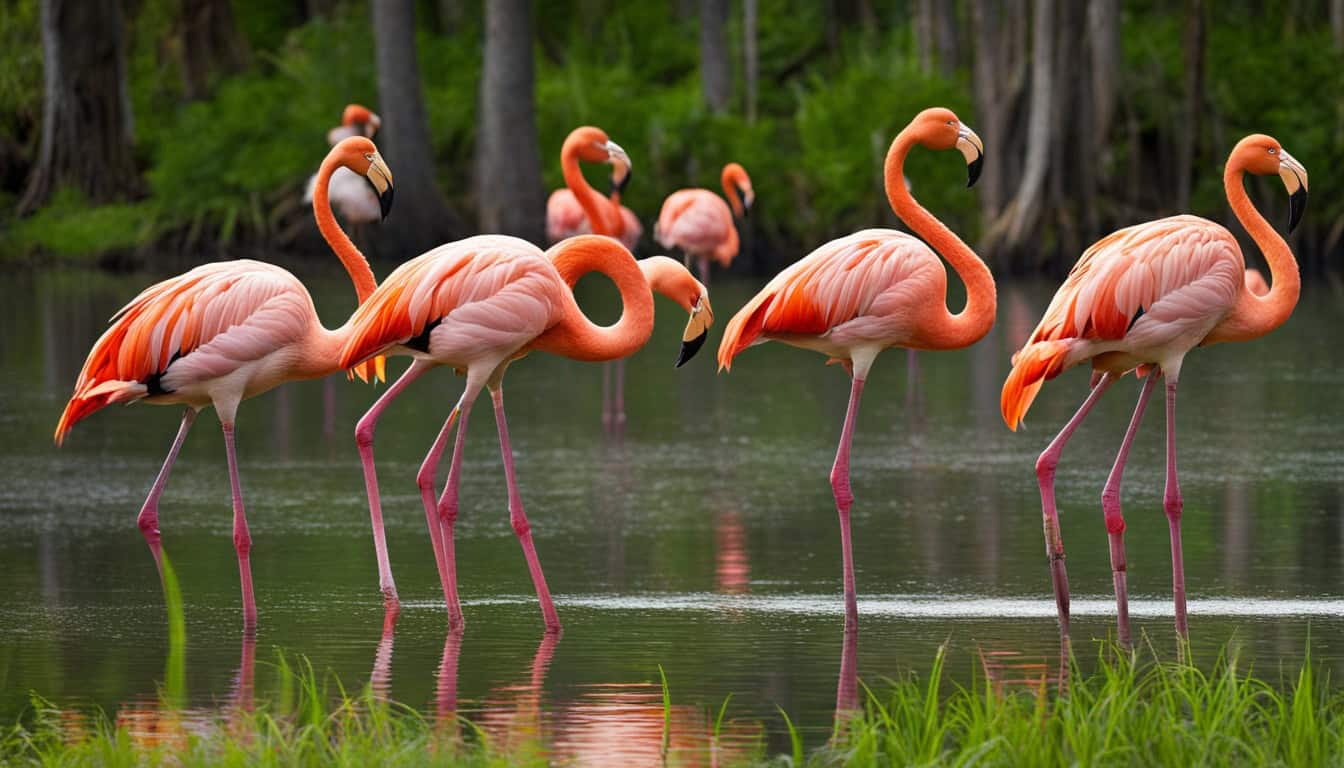
Are there any native flamingos in the USA?
The American flamingo, known as Phoenicopterus ruber, is native to the West Indies, northern South America, and the Yucatan Peninsula. It was once common in southernmost Florida, making it a native species there. They are now rare in the USA, but not endangered. Flamingos in the USA were plentiful in Florida until about 1900. Extensive
-
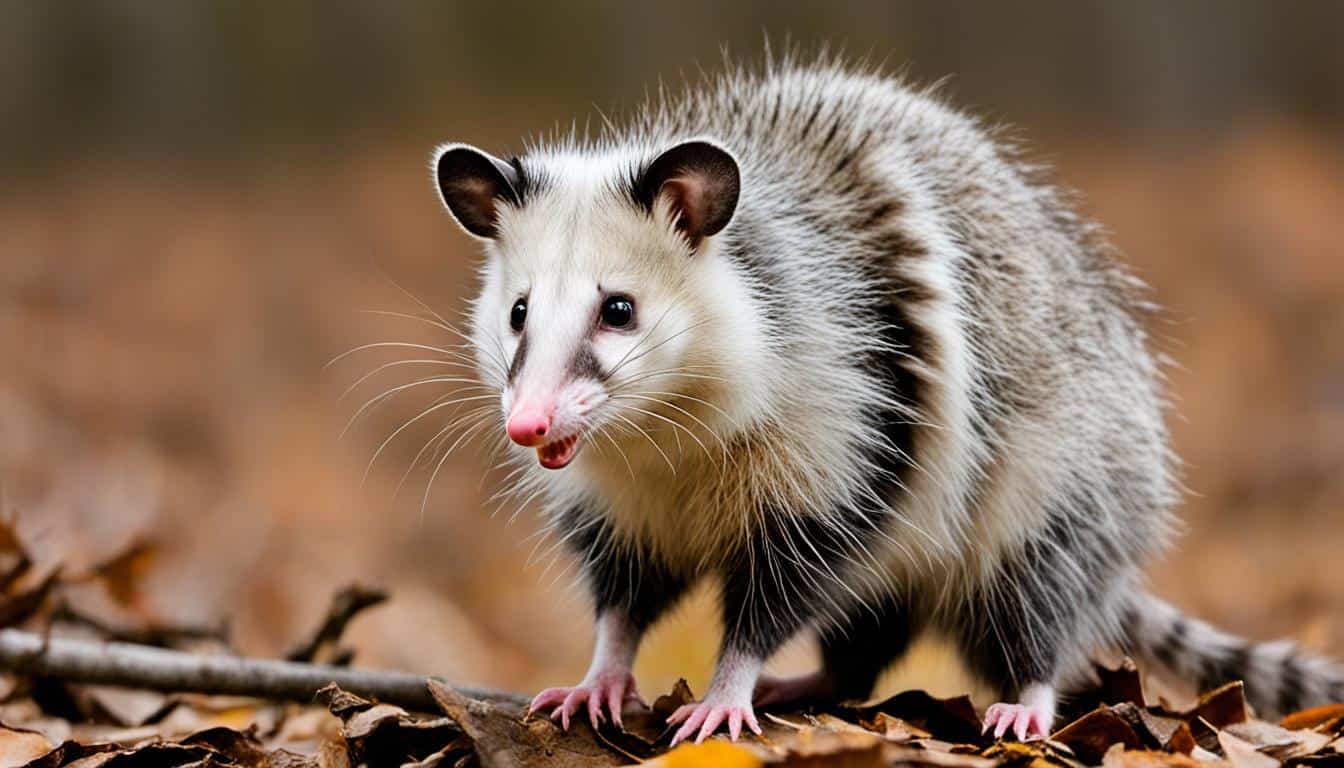
How do you identify a Virginia opossum?
Spotting a Virginia opossum means knowing what makes them stand out. They are the only marsupials north of Mexico. They’re about the size of a cat with unique snouts and tails. To tell them apart, look at their bodies, watch how they act, and the prints they make. Knowing these details makes you value their
-
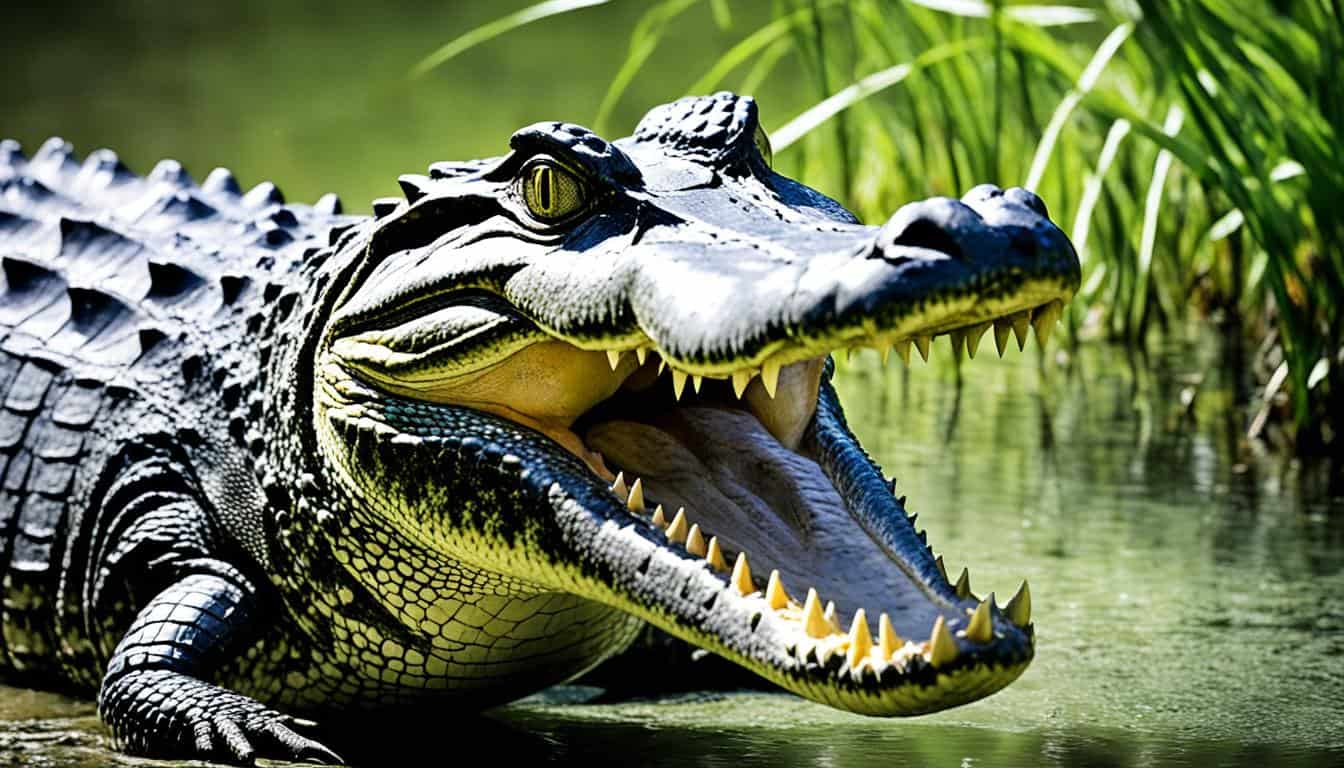
What is the range of the American alligator in the USA?
Have you ever wondered how far the American alligator moves in the U.S.? It lives in the southern subtropical wetlands of Texas to North Carolina’s marshes. Known as Alligator mississippiensis, this big reptile lives in shallow, fresh waters like swamps. Don’t mix up the American alligator with the crocodile. Alligators are crucial in the wild
-
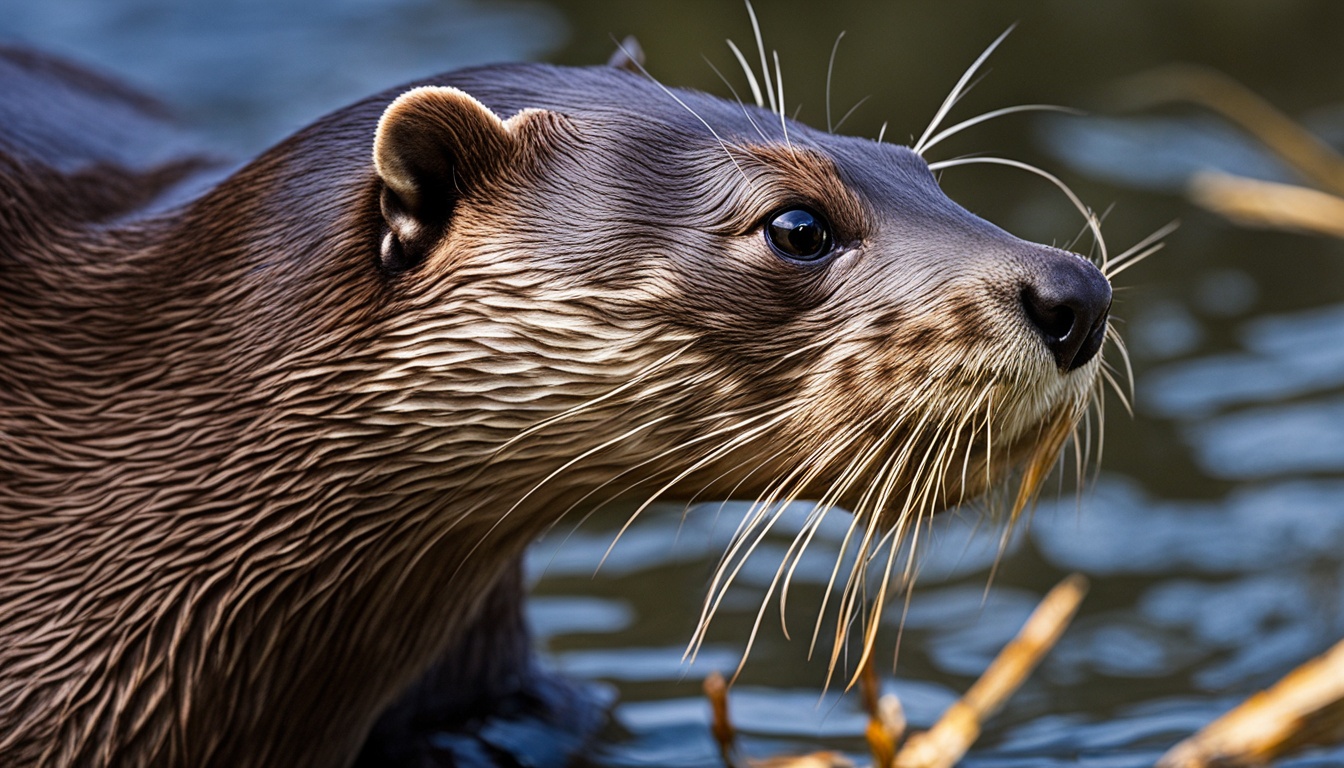
What is the diet of a North American river otter?
The North American river otter (Lontra canadensis) is fascinating. It’s known for its special diet. It lives mainly in clear, clean water. This makes them key for checking aquatic health. They mostly eat slow fish. This means they control fish populations without overdoing it. North American river otters have special whiskers to find food. They
